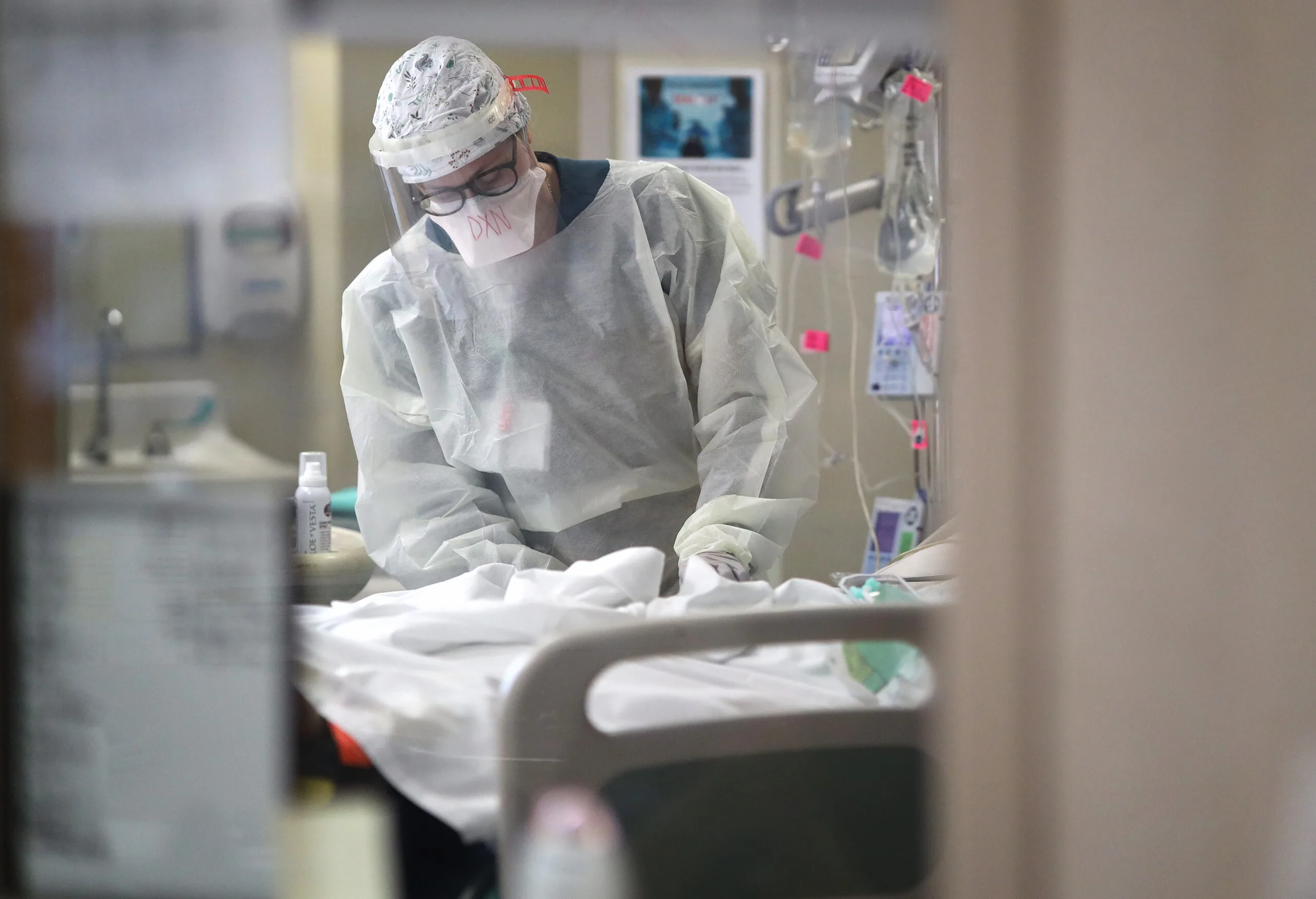
In the United States, health concerns that land someone in the hospital or require multiple visit to the doctor can be a taxing experience on emotional, logistical and financial fronts.
But for about 17% of Marylanders facing medical debt, these struggles get compounded, leading to additional stressors that can further impact health outcomes, particularly for Black families and patients, according to economic policy organizations.
“[Medical debt] really does impact everyone on some level. It doesn’t impact folks equally,” according to Berneta Haynes, senior attorney for National Consumer Law Center. “It does have a disparate impact based on race and income.
Haynes participated in a webinar hosted by Economic Action Maryland this month, aiming to shine a light on how medical debt disproportionately impacts communities of color.
Economic Action Maryland conducted a poll in October 2020 surveying Marylanders, and found that 12% of survey participants had a medical debt they could not pay. In addition, 26% of participants stated that they would be unable to pay for an unexpected $500 medical bill out of pocket.
Marceline White, executive director of the organization, said that the average costs of a four-day hospital stay is about $14,200.
“It’s expensive to go to the hospital,” she said during the webinar.
White explained that when people have medical debt hanging over them, problems can compound and result in credit issues and even lead into other health concerns as patients delay medical care.
“We saw this particularly during the COVID pandemic. People did not go to hospitals to get treatment because they were afraid. They already had a medical bill they already medical debt,” she said.
Haynes, with the National Consumer Law Center, echoed White’s concern about people delaying hospital visits during an interview with Maryland Matters.
“People start making risky decisions related to their health,” Haynes said. “They start foregoing necessary health care visits that can then worsen whatever condition they may currently have — and snowball into more medical debt down the road.”
Which is a particular concern when it comes to the higher rate of Black families facing medical debt.
According to data from the Urban Institute, which tracks various forms of debt and how they impact Black communities, about 13% of communities of color in Maryland have medical debt, compared to 9% of white communities.
According to the most recent U.S. Census data from 2020, 48.7% percent of Marylanders are white and 29.5% are Black. About 21.9% of Marylanders are some other race or a mix of two races.
Another factor leading to medical debt can be whether a patient has insurance or not. Haynes explained that Black communities tend to have higher rates of various chronic illnesses but also may not have insurance, which can lead to medical debt
“Even in the states that have expanded Medicaid, like Maryland, we still see that Black folks are more likely to be uninsured, more likely to lack access to hospitals and health care providers nearby, so they have to go to providers that are out of network,” she said. “More likely to see higher maternal fatality rates. All kinds of cancers are highly concentrated in Black families. All of that makes Black people more likely to accrue medical debt than other groups.”
Both Haynes and White said Maryland’s efforts to reduce medical debt should be be a role model for other states.
The Medical Debt Protection Act, which took effect without being signed by former Gov. Larry Hogan (R) in 2021, issued a handful of protections for patients facing medical debt.
Under this law, hospitals are not permitted to request arrest warrants on patients if they are trying to collect medical debt.
“I don’t think it ever crosses people’s minds that a medical debt can lead to your arrest,” Haynes noted.
The 2021 law requires hospitals to check a patient’s eligibility for financial assistance before filing a lawsuit. In addition, hospitals are required to refund patients if they are deemed eligible for financial assistance within 240 days of billing.
“Maryland would be seen as one of the states that is doing the most,” White said. “But we still see, despite that effort, thousands and thousands of people falling through the cracks for a variety of reasons. And again, disproportionately affecting Black and Brown communities.”
Part of the issue to how patients get medical debt in the first place is the lack of knowledge that non-profit hospitals are required to provide financial assistance, also referred to as charity care, for low income people under the federal Affordable Care Act.
With charity care, hospitals may provide free or discounted services to eligible low-income patients who cannot afford services,
But hospitals may have different qualifications for who is considered “eligible” for financial assistance.
“That means from hospital to hospital, the threshold for when you qualify for financial assistance will differ. You may qualify for one hospital in the Baltimore area and not in another hospital in the Baltimore area,” according to Haynes.
For example, Lifebridge Health’s financial assistance policy says that it “provides hospice care at a discount to eligible patients of limited means whose household income is between 300% and 375% of the Federal Poverty Guidelines for the patient’s family size,” according to its website.
But Medstar’s financial assistance policy says that “partial financial assistance for medically necessary care provided to uninsured and underinsured patients with household income between 201% and 400% of the FPL.”
Haynes says that one of the most impactful way to address medical debt would be to set an income floor for all hospitals under the ACA. But she also urges lawmakers in Maryland and across the United States to consider policies that can specifically help with the inequity in medical debt that Black families and patients face.
“I think a little bit of both would be the right approach,” she said.
“But I think it’s also important for lawmakers to figure out how to prioritize relief for Black families…or at least be aware that the legislation that they are introducing may have a specific impact on Black families and Black folks,” she added.



